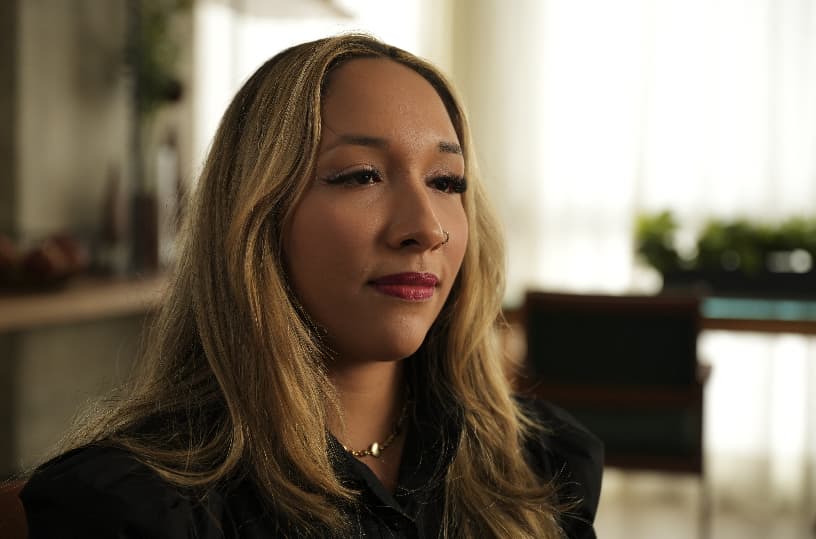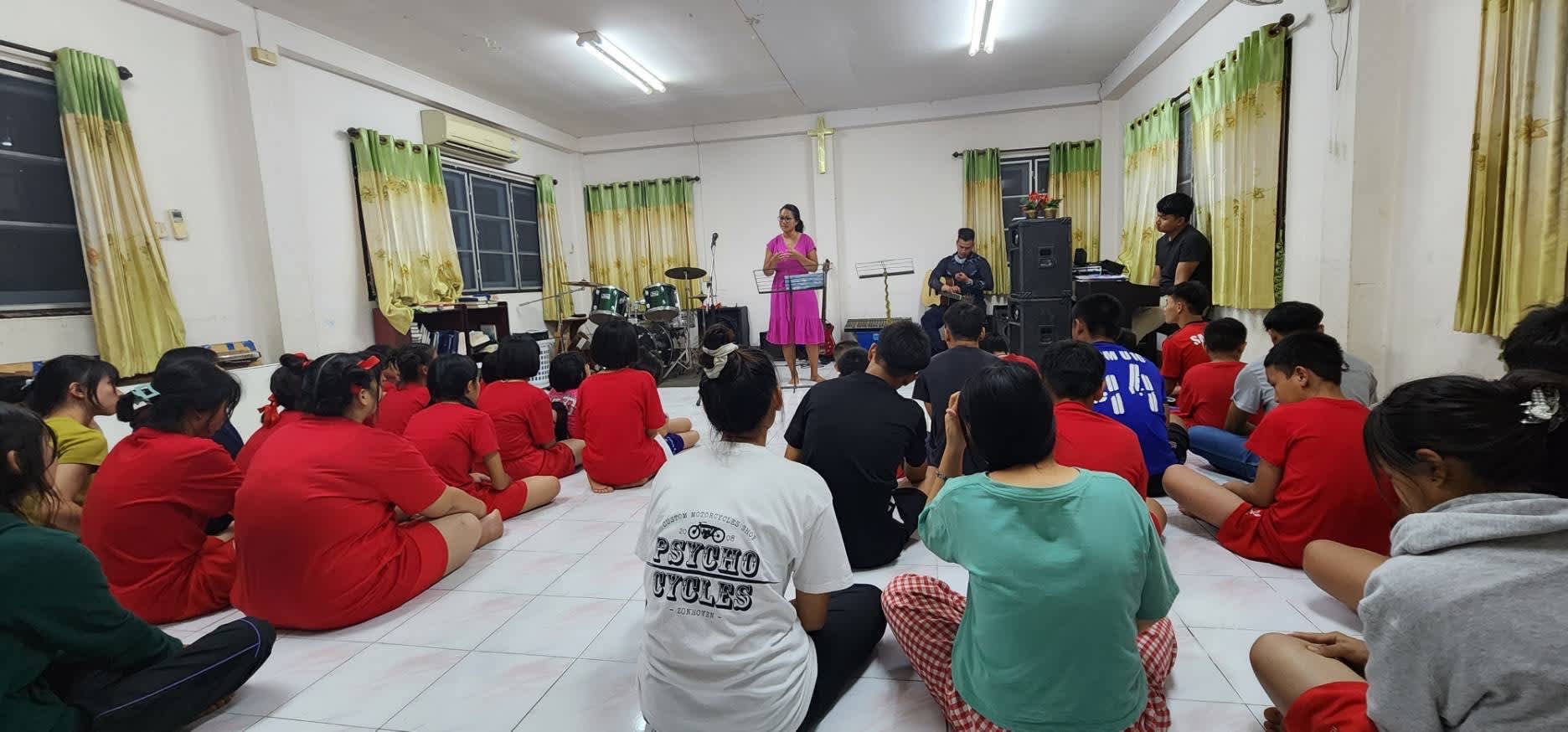The burden of dengue and hope amidst hardship

The burden of dengue and hope amidst hardship
This article includes one patient’s real-life experience with dengue. Given the nature of the disease individual experiences and symptoms may vary. This information is available to the general public for informational purposes only; it should not be used for diagnosing or treating a health condition or disease. It is not intended to substitute for consultation with a health care provider. Please consult your health care provider for further advice. Featured health care professionals are paid consultants of Takeda. Always seek appropriate medical help to address patient symptoms, discuss medical concerns, and obtain proper diagnosis and care.

Natacha de Costa Sousa experienced dengue twice.
“My life before dengue, it was a 14-year-old girl’s normal life. After dengue, it turned upside down.”
That girl, Natacha de Costa Sousa, now 23, knows more than most when it comes to the impact of dengue. The native of Formosa, Brazil, in the central part of the country, contracted dengue twice.
Today, dengue is endemic in over 100 countries, including Brazil.1 The disease is spread to people through the bite of an infected mosquito. Factors like urbanization, travel and climate change have led to a 10-fold increase in the global incidence rate between 2000 and 2019. 1,2,3. While some patients, like Natacha, experience symptoms, approximately 1 in 4 patients infected with dengue are symptomatic, and about 5% of symptomatic cases may be severe and require hospitalization. 4

Dr. Rosana Richtmann is Director of the Immunization Committee at the Brazil Society of Infectious Disease.
Dr. Rosana Richtmann is director of the Immunization Committee at the Brazil Society of Infectious Disease. She has seen the burden of dengue on patients since the beginning of her medical career.
“It’s of course not good for us because our public health [system] is not enough to have so many patients, so many people at the same time,” says Dr. Richtmann. “In terms of public health, it is a huge problem.”
Addressing a problem of this size takes an integrated, multi-pronged approach by communities, governments and public health organizations to help control and prevent dengue. Takeda strives to support these efforts, building on the company’s legacy of innovating to address unmet patient needs.
As for Natacha, despite the challenges her country faces, she says life would be “much more relaxing without the lingering burden of dengue.”
Dr. Richtmann adds, “If we could prevent dengue, it would be wonderful.”
This story is part of an ongoing series on the global impact of dengue and how Takeda seeks to support those at risk. To learn more, explore the related stories.
- World Health Organization. Dengue and Severe Dengue. World Health Organization. https://www.who.int/en/news-room/fact-sheets/detail/dengue-and-severe-dengue. Published April 23, 2024.
- Ebi KL, Nealon J. Dengue in a changing climate. Environmental Research. 2016;151:115-123. doi:10.1016/j.envres.2016.07.026.
- Messina, J.P., Brady, O.J., Golding, N. et al. The current and future global distribution and population at risk of dengue. Nat Microbiol 4, 1508–1515 (2019).
- Centers for Disease Control and Prevention. Symptoms of Dengue and Testing. https://www.cdc.gov/dengue/signs-symptoms/index.html. Published May 13, 2024.
Share this story



